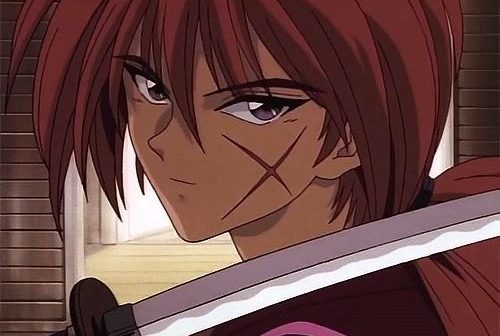[tribulant_slideshow gallery_id="19"] |
When you hear the term “anime,” what is the first thing that pops into your head? Maybe it’s the action-packed, powerful spiky-haired characters from “Dragon Ball Z,” the orange jumpsuit, headband wearing ninjas from “Naruto,” or perhaps the giant naked cannibalistic titans and the military group of teenagers who face them in “Attack on Titan.” Knowing these shows and watching others like them has become more socially acceptable today in Western culture for both youths and young adults. However, anime was not always second knowledge or even well known a few decades ago.
Back in the 60’s and 70’s, anime wasn’t that big of a hit and was rather more of an underground pleasure for many individuals. Sure, there were some that aired on television such as “Astro Boy” and “Kimba the White Lion.” Although, most of the American population didn’t care for it, except for the children that made those shows successful and continued on inspired by them. Soon, those children would become animators and show creators themselves, working the inspired elements from those anime shows into their own. Shows such as “Transformers,” “ThunderCats,” and “Voltron” showed just how popular the style of Japanese animation could become and how memorable it could be as more of the Western youth asked for more. With the creation of Studio Ghibli around the same time in addition to their beautifully animation and fantastic storytelling, it was clear that anime wasn’t going anywhere in media.
While a great deal of anime and shows influenced by anime were focused around children, it wasn’t popular with many older audiences. However, this began to change in the late 90’s with the introduction to the famous anime lineup program of “Toonami” as well as another lineup on the SyFy channel. This allowed for more mature and less kid-based Japanese animation to be shown to Western audiences. Then, once the 2000’s hit, anime had become a popular form of entertainment for youth and the young-to-middle-aged crowd and grew even stronger following the creation of Shonen titles.
Behind all of these popular anime and shows throughout the years, there was another popular genre of Japanese entertainment becoming favored. The original Japanese comics of these anime shows were called manga and they were what really made audiences watch them. Much like todays book-based movies, most of the anime ever made was once drawn and written onto pages. There are even specific sections for manga in today’s bookstores and libraries. Without the manga creators, there wouldn’t be any anime to watch as most of the source material comes from them.
With much of anime being on television for the longest time, the big game changer was when the online social media boom began. With the creation of social media online and YouTube, more options opened up for anime fans. Sites such as “Cruchyroll” and “Funimation” allow viewers to watch a large variety of anime shows from Japan at any time. With global fans able to converse and talk to each other, the fan base for anime grew larger than ever before. This is how we arrived to the place we’re at today in which anime is well known to a vast majority of Americans.
Much like any other genre of shows, anime has a spectrum of programs for people of all ages. Whether it’s horror, action-packed, slice of life, or just full on comedic nonsense, there will always be an anime title that will relate with individuals. With this spectrum growing with every new season of anime titles, this style of entertainment will be around for many years to come






1 Comment
I with you completely agree.
I’m shocked, this is sole of the most fascinating videos payment bad boy that I watched.
I exhort to watch over it, I undoubtedly could not race myself away from watching it. Would sweet to do the literal very again.
[url=https://kinkymilfporn.top]anal bondage toys[/url]
Who longing help?